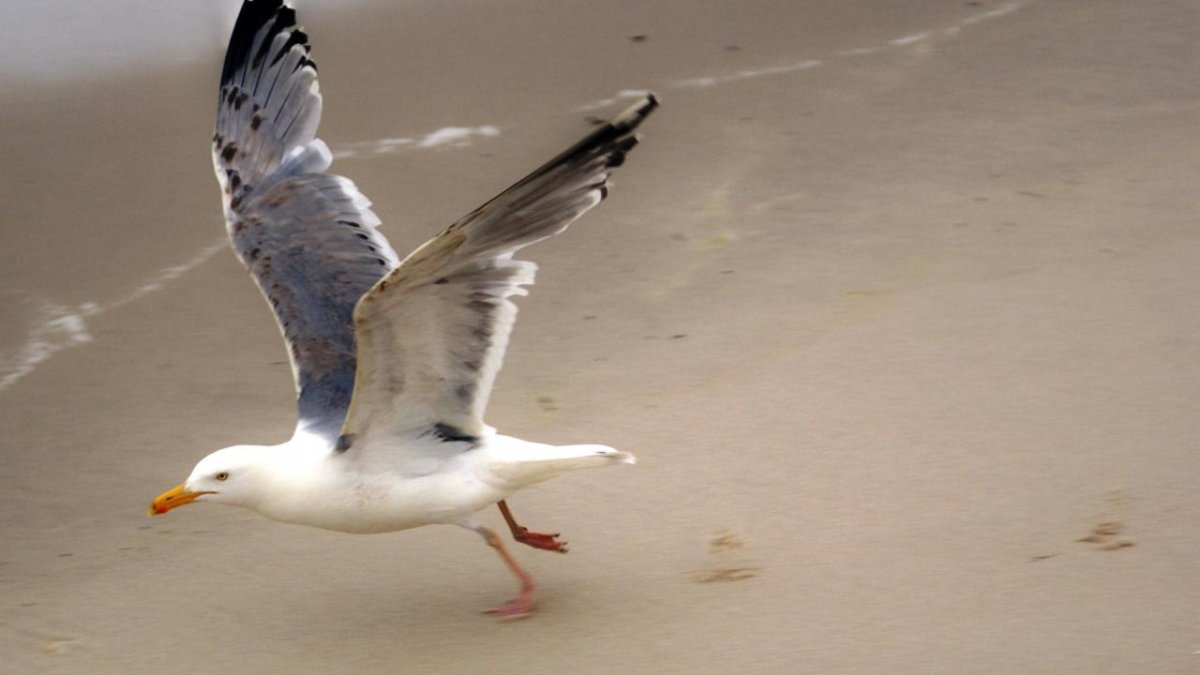An unknown illness is sickening and killing Southern California sea gulls, a bird rescue organization said on Tuesday.
San Pedro-based International Bird Rescue says there’s been an “unusual surge” of sick and dying Western gulls along the area’s shores. As the organization scrambles to treat the affected birds, state and county agencies are investigating potential environmental toxins as the culprit.
The ailing gulls have been found on a stretch from Malibu to Redondo Beach, according to International Bird Rescue.
“Affected gulls are arriving with symptoms that include dehydration, difficulty standing, partial or complete paralysis, confusion, difficulty blinking, and, in the most severe cases, respiratory distress,” the organization said in a news release. “Some birds have been found dead on beaches. Since July 25, Bird Rescue has received 17 gulls exhibiting symptoms. Initial tests for Highly Pathogenic Avian Influenza, or simply `bird flu,’ were negative; results from more recent cases are pending.”
JD Bergeron, CEO of Bird Rescue, said his group is committed to caring for the birds. The non-profit organization is funded through donations and staffed by volunteers.
The California Department of Fish and Wildlife and the L.A. County Department of Veterinary Public Health are actively investigating the cause of the birds’ sickness.
The affected gulls get “heat support, aggressive fluid therapy to flush toxins, supervised pool time and general supportive care.”
“No anti-seizure medications have been required thus far,” according to the rescue organization. “Birds that survive the initial critical period are showing encouraging signs of recovery.”
Dr. Rebecca Duerr, director of research and veterinary science at International Bird Rescue, said she suspects some kind of toxic agent is involved as opposed to a contagious disease.
“The sooner they get help, the better their chances of survival,” she said.
It’s possible that the gulls are being affected by the same thing that’s killed and sickened dogs who have visited the Venice Canals, according to Bird Rescue.
“Until the cause or agents are identified, no connection can be confirmed,” the group said.
Anyone who comes across a seabird in distress should look for symptoms like difficulty walking or standing, or allowing people to approach.
“Finding birds in unusual and unsafe locations and situations is a clear sign they need help,” officials said. “The public can play a crucial role in reporting these birds to their local animal control.”
Assistance is available through the organization’s Bird HelpLine at 866-SOS-BIRD (866-767-2473). Donations can be made online.
